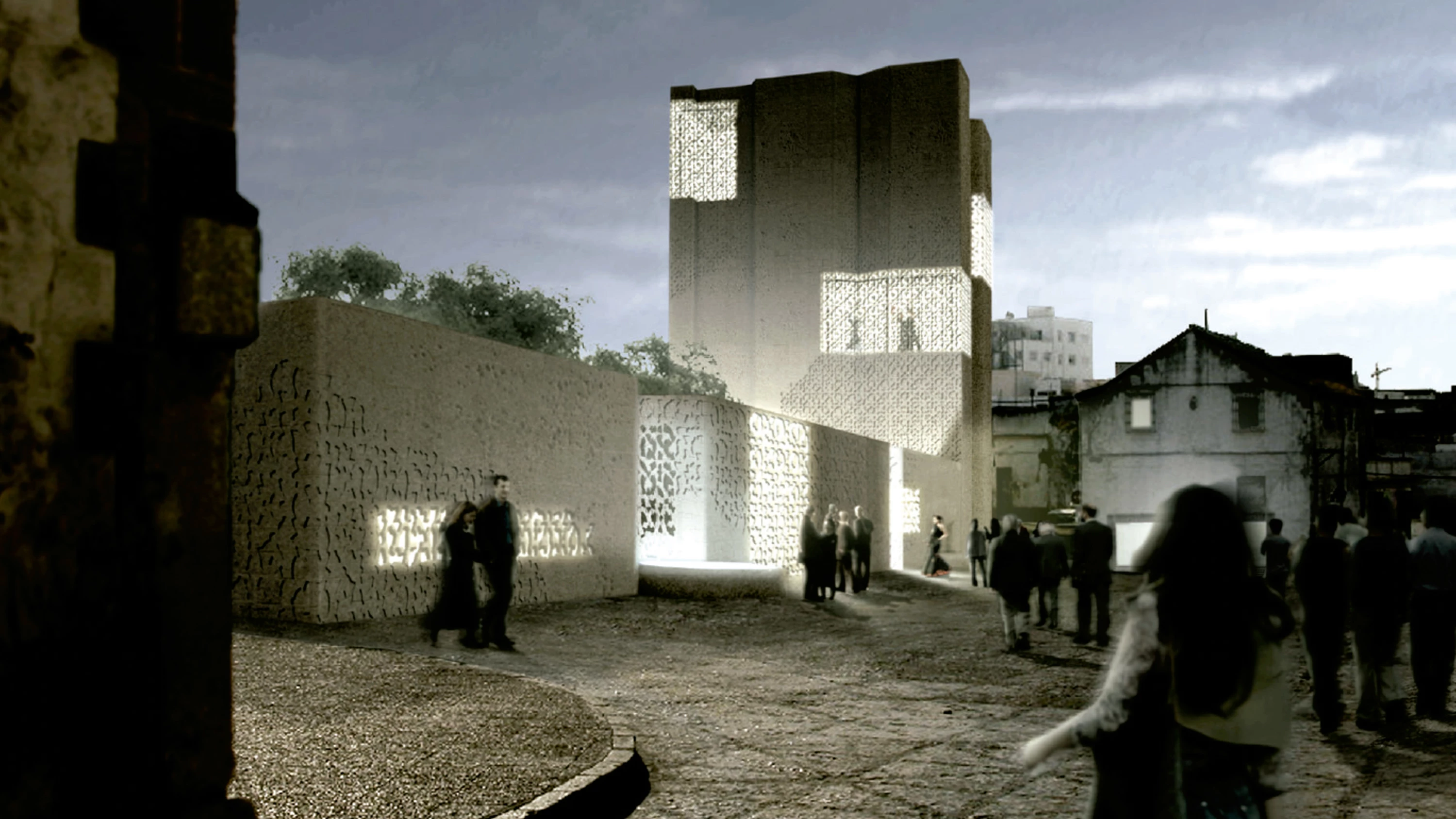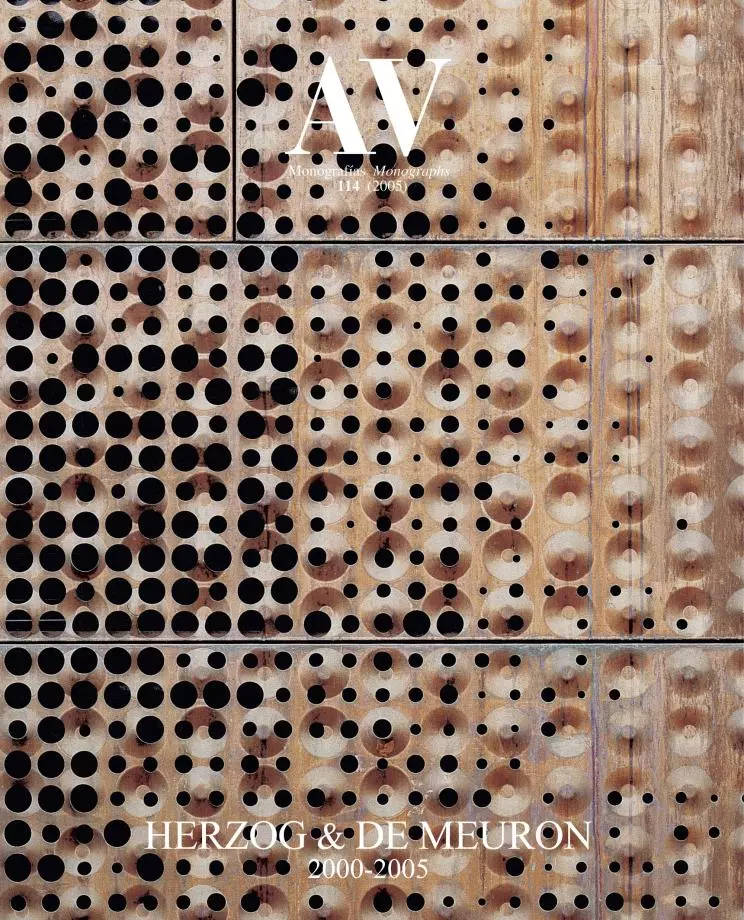City of Flamenco, Jerez de la Frontera
Herzog & de Meuron- Type Culture / Leisure Museum
- Date 2004
- City Jerez de la Frontera (Cádiz)
- Country Spain
Today there is an empty lot in the traditional, homogeneous and perfect space of the city, and on this empty lot there is a little forest growing naturally, as if by chance. What should be done? The empty space is with its trees very attractive, but it would also be appealing to restore the solidity and physical presence of the original Plaza de Belén. Is that a paradox?
The proposal materializes as a walled garden that will become the Ciudad del Flamenco. It is not intended to construct a blockbuster building, but rather a puzzle of fragments that can grow, that can integrate other buildings, existing ones as well as new ones. The garden is the heart of the Ciudad del Flamenco. It is the core out of which the city can grow and expand as the need arises. There is no hurry and, above all, there are no architectural or artistic constraints because the strategy of the project does not constitute a single building but rather a whole city (of Flamenco) within the city (of Jerez).
A partially perforated wall follows the historical contours of the city. A tower rises above this wall. Its scale recalls the two towers of the Alcázar and it also engages in an urban dialogue with the nearby Cathedral.
The materiality of the project is reduced to the traditional, homogeneous use of stone that characterizes the Old Town. The perforated wall itself as well as the interior of the garden form a topography out of extruded, sunken and projecting bodies, generating a rich interplay between outside and inside spaces. The Ciudad del Flamenco is a radically contemporary and dynamic platform for performers and audience.
The surfaces of the Ciudad del Flamenco consist of poured, perforated and artificially processed concrete; they follow the lines, shapes and patterns of Gypsy tradition and Arabic ornamentation. Both traditions are extremely contemporary; to be more precise, they are a centuries-old and ceaselessly new source of inspiration for contemporary art and daily culture. We encounter them in punk and rock music, in tattoos, in a variety of symbols and emblems, in patterns and in many other places. This kind of ornamentation informs the concrete walls at the Ciudad del Flamenco.
The proposal for Jerez might be seen as an artificial and iconographical topography whose spirit draws on the traditions of the Gypsy world, the Arabic world, so present in Jerez, and contemporary every-day life and culture.
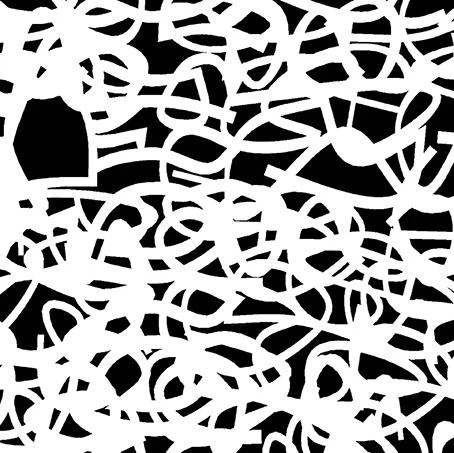







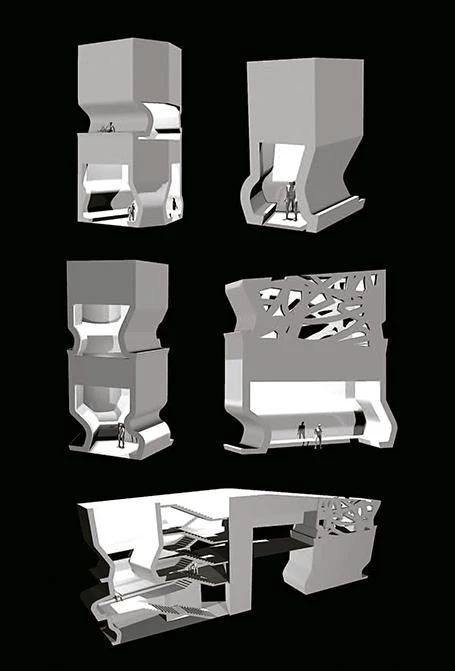
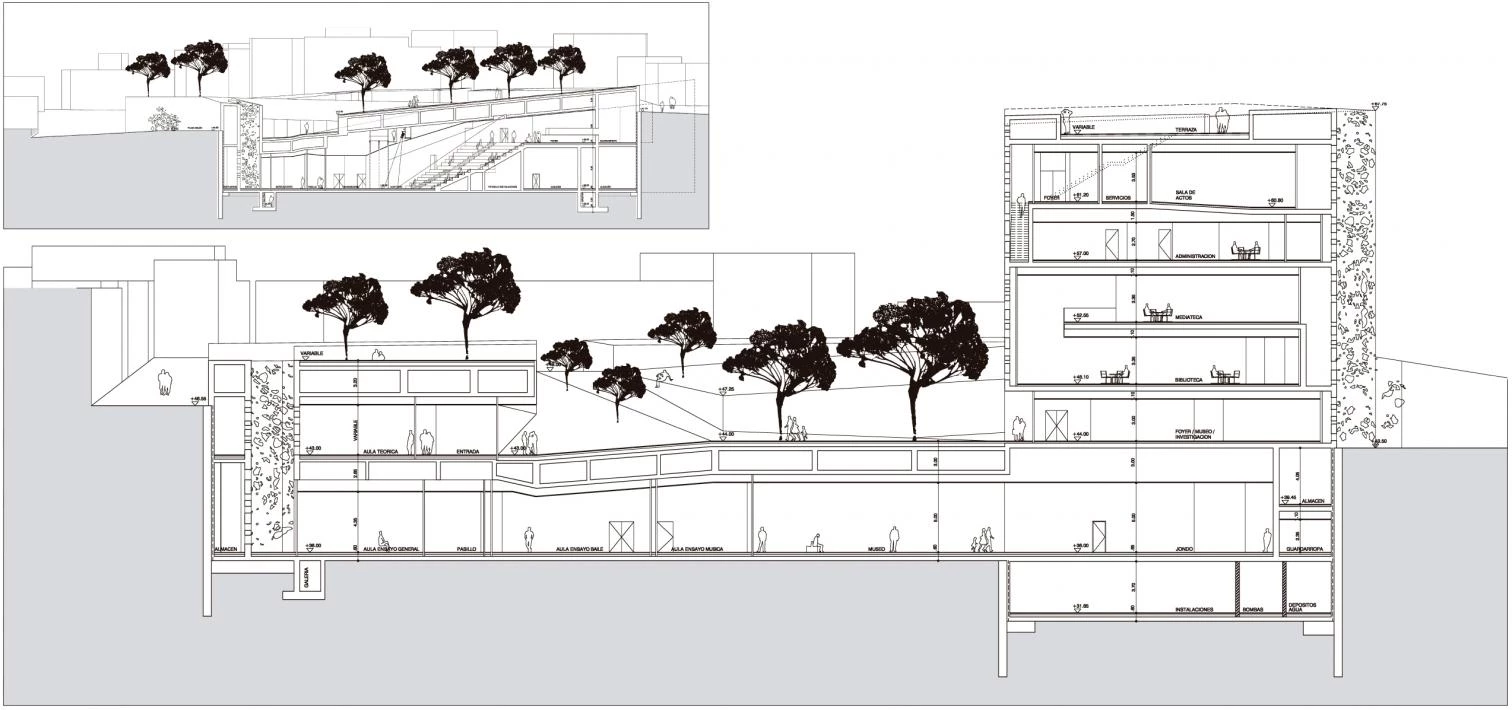
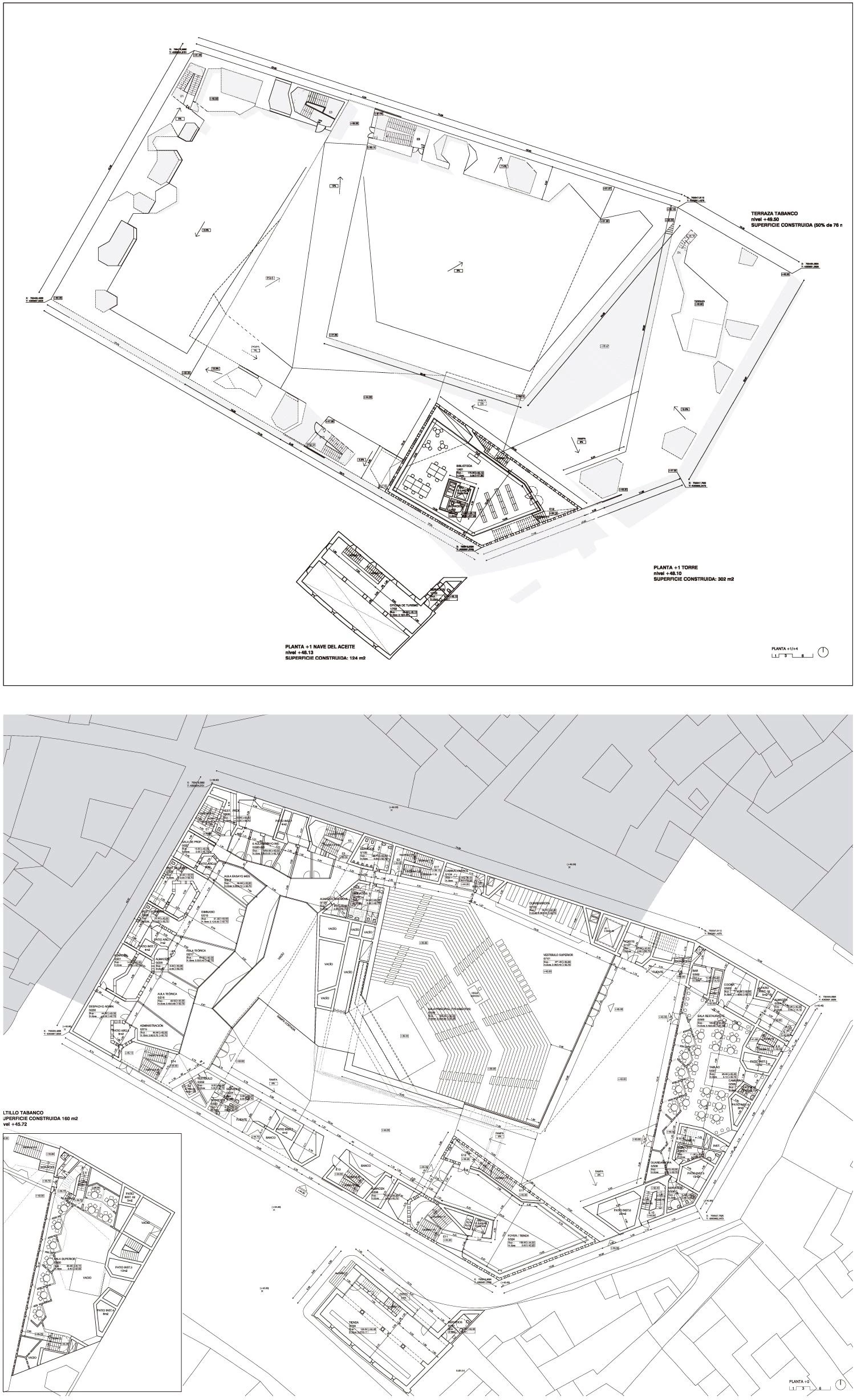


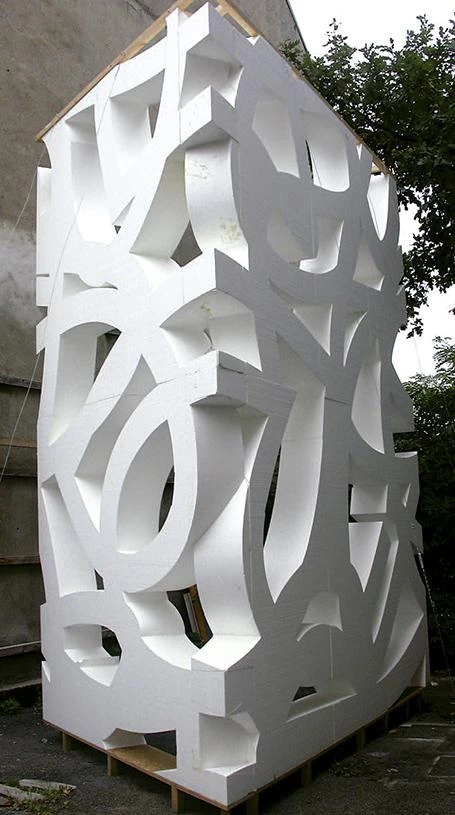
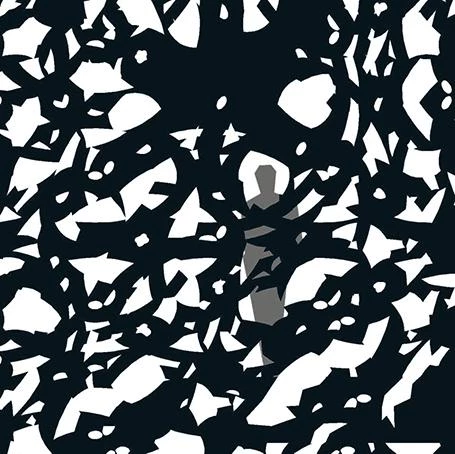


Cliente Client
Ayuntamiento de Jerez
Arquitectos Architects
Jacques Herzog, Pierre de Meuron, Christine Binswanger, David Koch
Colaboradores Collaborators
R. Aebi, J. Berrueta, M. Celia, A. Brandao Costa, S. Chessex, R. da Costa Lima, G. Espinosa, A. Franz, A. Fries, S. Gil, A. Gonzales, Y. Himeno, L. Jativa, M. Knüsel, J. F. Luscher, M. Manaila, M. Ors, M. Pallarés, M. Portilla, N. Ravara, M. Rodriguez, P. Ramalho, M. Salmeron, K. Strehlke, L. Villalba, C.Weber, J. Yerga

